The Nitty Gritty of Cleaning, Sanitizing, and Disinfecting
Cleaning, sanitizing, and disinfecting—what's the difference? While most of us use the terms interchangeably, there is a difference. We explain.
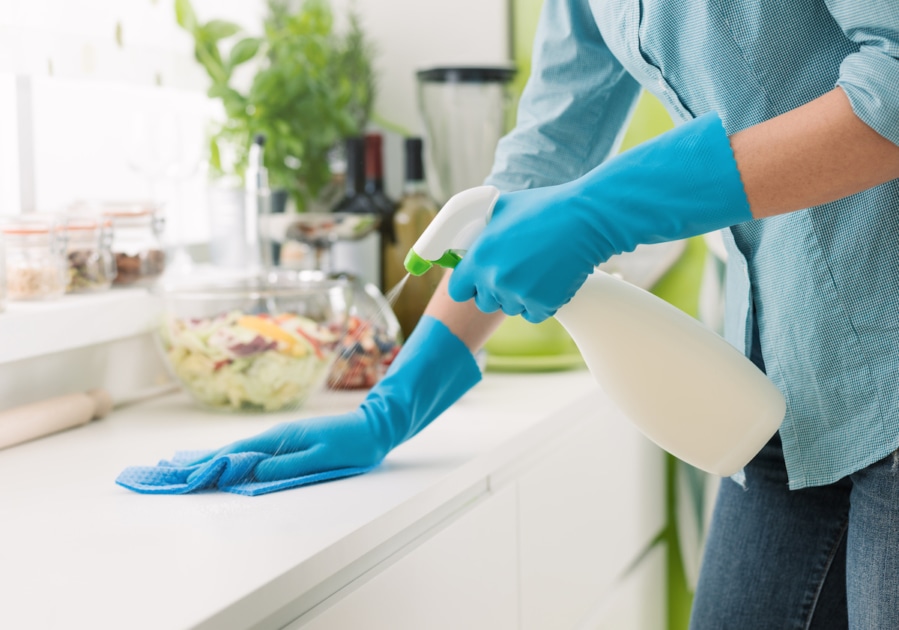
Cleaning. While it may have been a weekly chore mere months ago, recent events have changed all that. We now clean and disinfect after every trip to the supermarket, upon receiving deliveries, before eating, after eating, and every hour in-between. Are you killing the germs you want with the method you’re using?
The good news is you don’t need a microscope to inspect your work. You only need to familiarize yourself with the three main cleaning techniques—cleaning, sanitizing, and disinfecting. While most of us use the terms interchangeably, there is a difference. We explain what they mean and when it’s best to employ each method.
Basic Cleaning
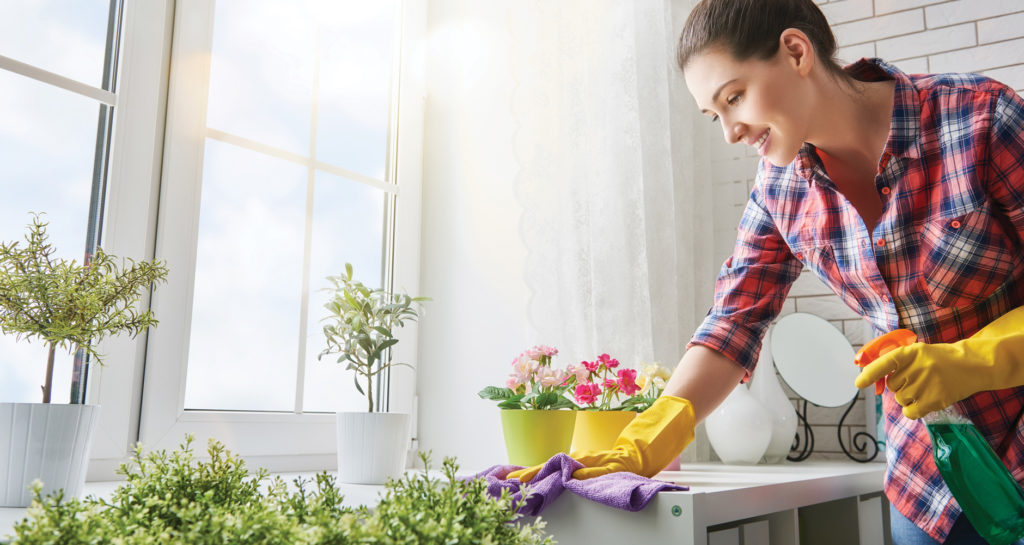
Cleaning removes dirt and germs from surfaces. It also washes away too-tiny-to see germs. The most common way to clean is to use soap and water to scrub dirt and bacteria loose, then rinse away impurities. It’s the friction from scrubbing and the surfactants in soap that actually do all the work of lifting soil and microbes from skin and other surfaces—that’s why it’s important to lather your hands for at least 20 seconds when washing them.
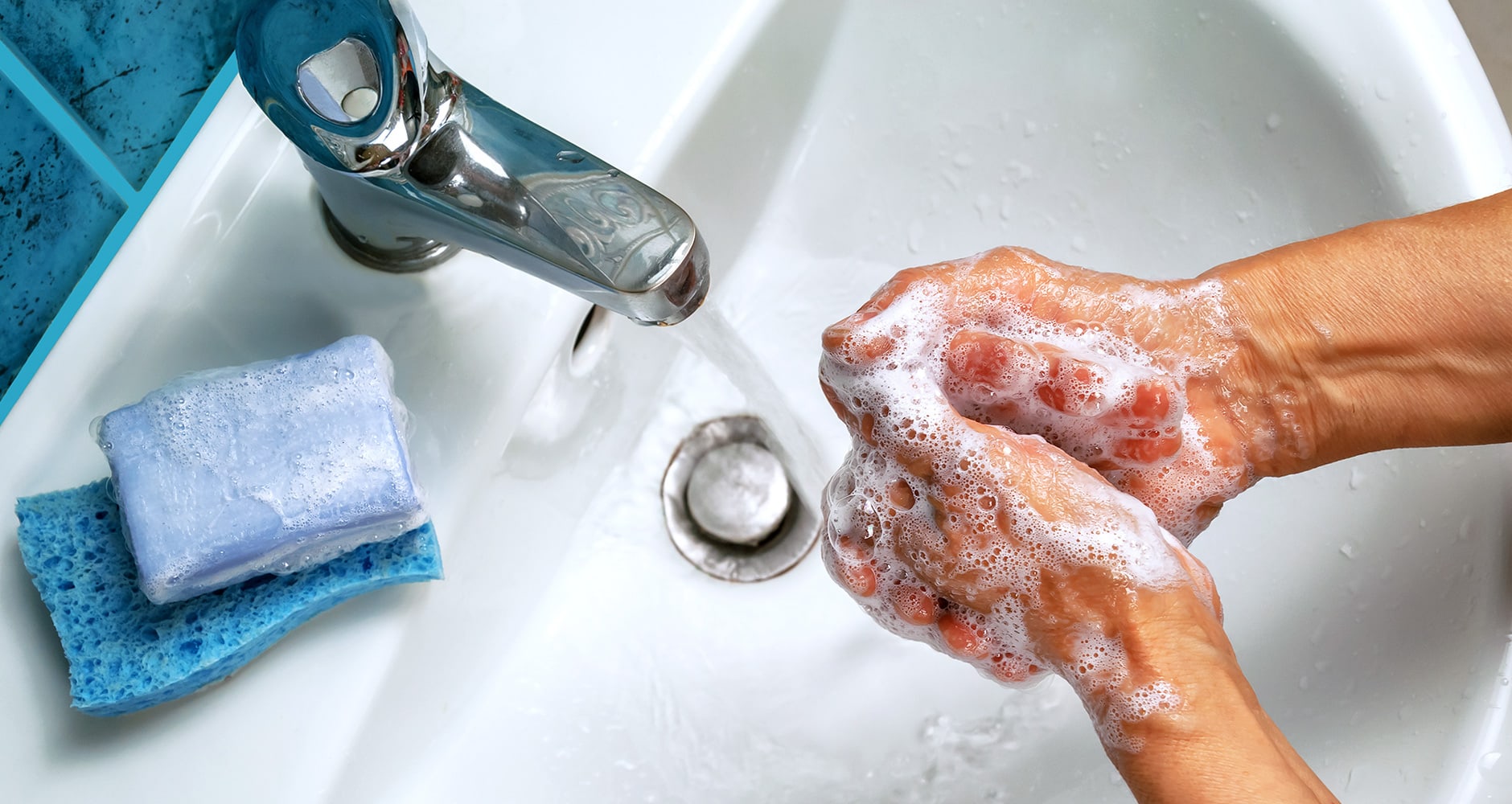
Here’s something important to remember about cleaning: hot tap water alone isn’t what kills germs—the water temperature would need to be hotter than 140º F (60° C) to do so, which is too hot for our skin to tolerate. Hot tap water will, however, cut through grease and grime.
If you prefer to nix germs rather than simply rinse them down the drain, you’ll want to follow up your wash routine with a round of sanitization.
Sanitizing
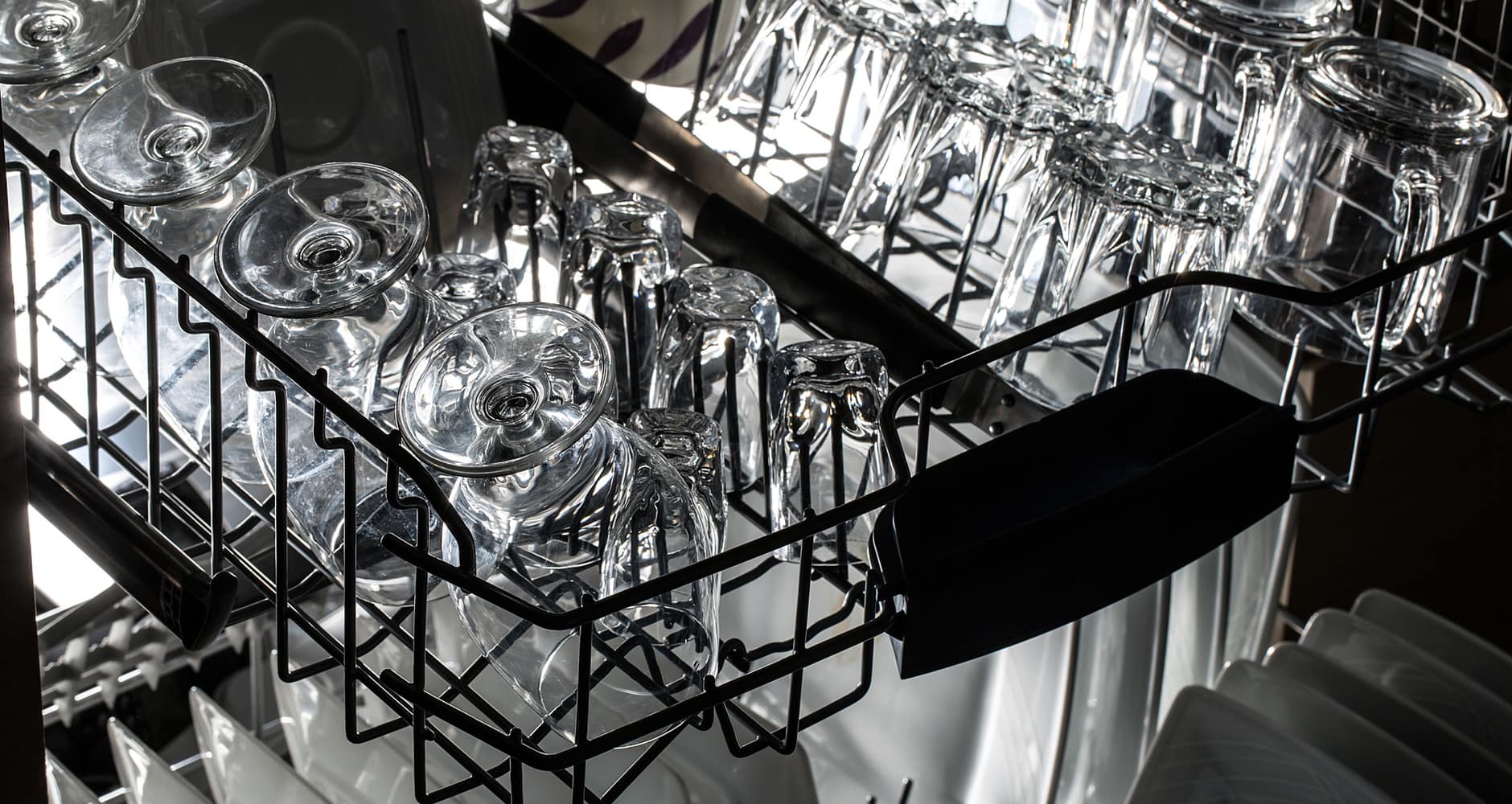
Sanitizing uses agents that destroy 99.999% of bacteria in 30 seconds during the Official Detergent Sanitizer Test. Sanitizing methods are used when germs need to disappear fast. Think of a bartender washing glassware at a pub. Germs on glassware need to be eradicated quickly so glasses can be put away and reused, so a chemical is used. Sanitizing kills germs on surfaces to make them safe for use.
Sanitizing is especially useful when you want to protect against harmful bacteria. It’s why this cleaning technique is ideal for kitchens and other food-safe areas.
The most commonly used in-home sanitizing products are:
- White vinegar (Mix 1 part vinegar and 1 part water).
- Bleach (Mix 1 teaspoon of bleach per quart of water).
- Boiling hot water (used when running a dishwasher, for example).
Disinfecting
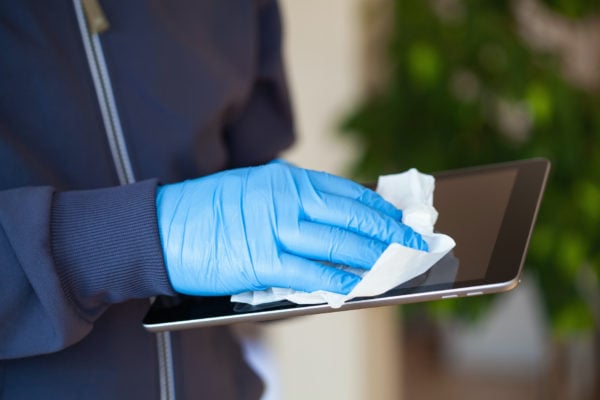
While sanitizing neutralizes some of the bacteria, viruses, and mold that may be living on surfaces, disinfecting uses chemicals to kill virtually all viruses, bacteria, and germs on surfaces in a timeframe of 10 minutes, based on tests.
Disinfecting is the technique used when you need to destroy germs rather than just reduce them. It tackles the germiest places in your home, such as doorknobs, smartphones, light switches, the kitchen countertop that had raw chicken on it, or the baby’s changing table. Hospitals disinfect areas that have come into contact with blood or other body fluids.
Of course, you can’t disinfect without a disinfectant cleaning product. How can you be sure your disinfectant is powerful enough? Check the label; you’ll usually find the words “kills 99.9 percent of viruses and bacteria” somewhere on the bottle. Some of the most popular disinfectants include:
- Antibacterial soaps
- Disinfectant wipe
- Disinfectant sprays (such as Lysol®)
- Steam cleaners
- Rubbing alcohol (with at least 70% alcohol content)
- Bleach—the Centers for Disease Control and Prevention (CDC) recommends a mixture of 1/3 cup of bleach per gallon of water, or 4 teaspoons of bleach per quart of water; note this is a stronger mixture than that recommended for sanitizing.
Be sure to follow the product’s directions, including wetting the surface with the disinfectant solution and allowing it to sit for the recommended period of time (usually between 5 and 15 minutes) before wiping it clean.
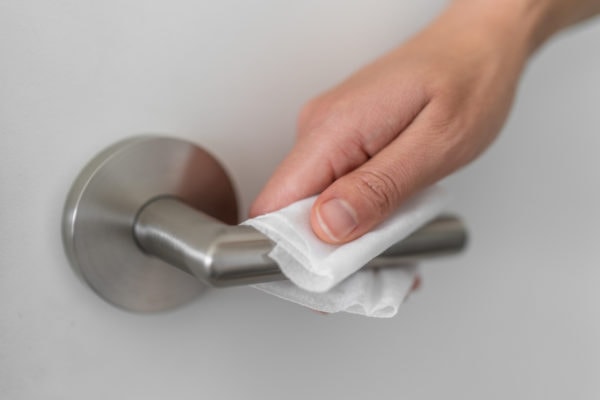
If the surface you’re disinfecting is also dirty, remember to clean it first, to remove surface dirt, then disinfect.
We hope these definitions will help take some of the guesswork out of your housework. More importantly, we hope they help keep you and your loved ones healthy in the days to come.
Learn More From the CDC
For more guidelines on cleaning various types of surfaces within your home against the coronavirus disease (COVID-19), be sure to visit the CDC web site.

Tiffany Means
Tiffany Means is a freelance writer and a degreed meteorologist. She specializes in weather forecasting and enjoys making the subject of weather (and the science behind it) more relatable. She currently resides in the Blue Ridge Mountains of North Carolina.


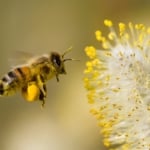



Good article! I do clean with Meyers soap and water for my counters , I use cleaning vinegar too, lemon juice ,etc. Do you have a good floor cleaner recipe too? Thanks!